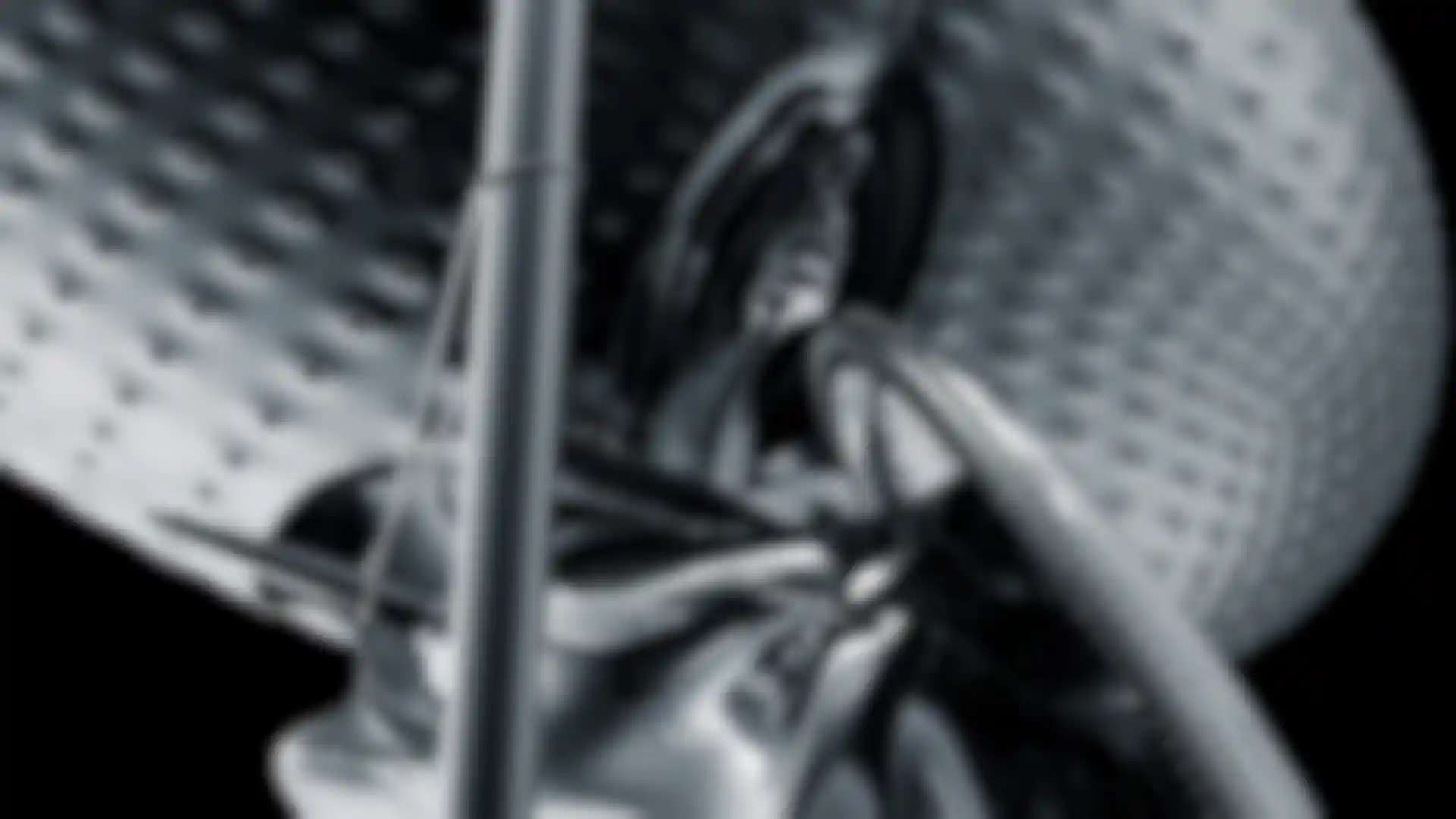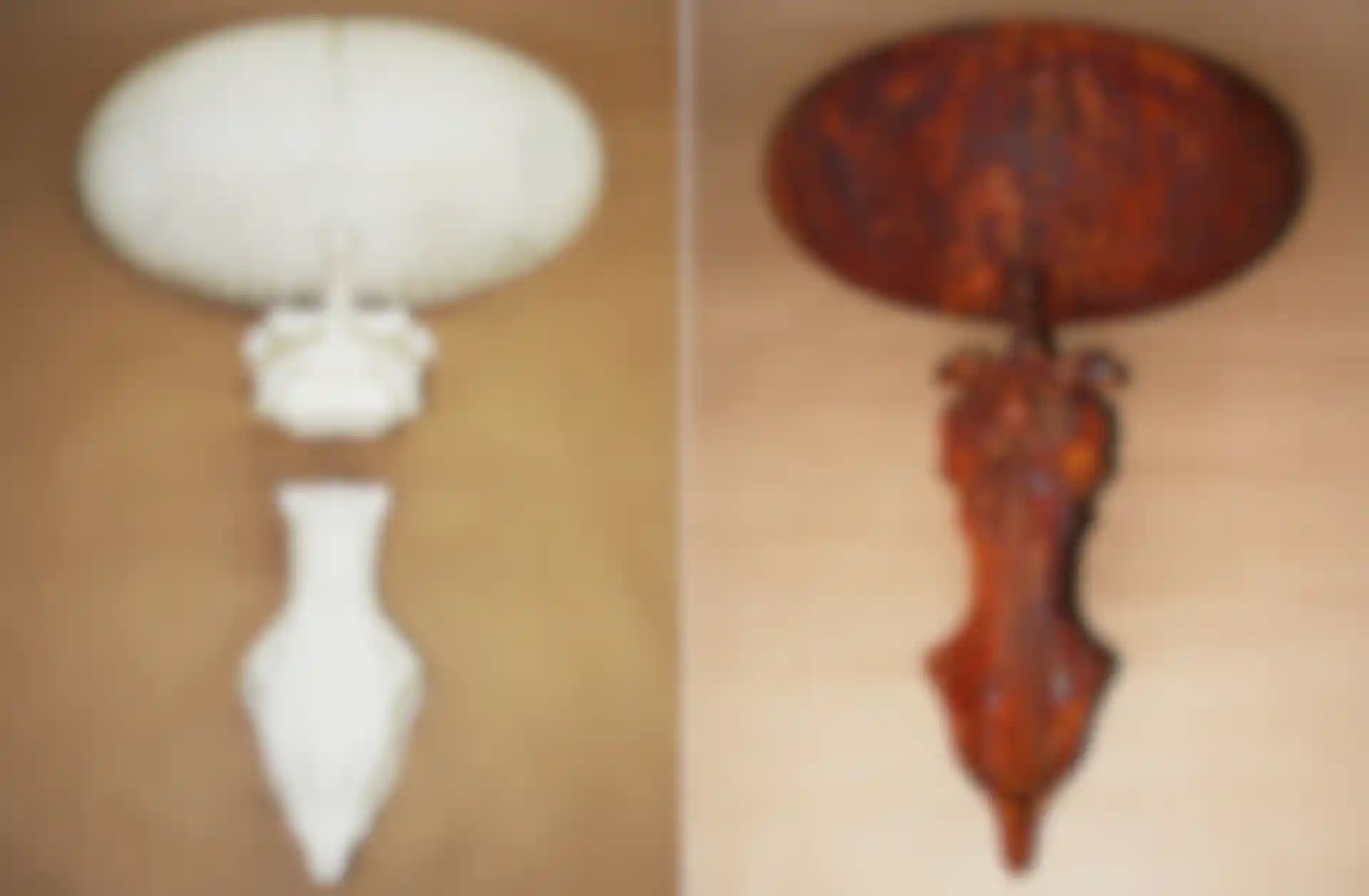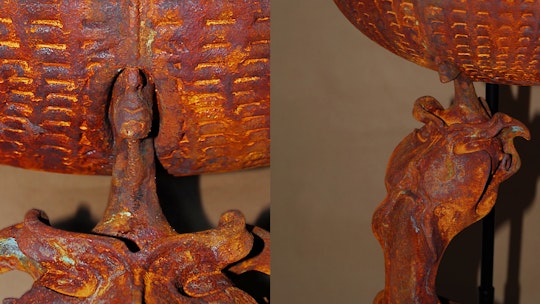
Damian Swiderski - Artist and Cinema 4D User It can be challenging for artists to find a fitting medium for expressing their art. Damian Swiderski was no exception - until his search led him to Cinema 4D!
Damian's career has taken many different paths. At first, he wanted to study graphic design but soon realized that this was not the right choice. After a friend had introduced him to the profession of theater painter, he saw that this sparked his interest much more than what he had wanted to study.
During his vocational training as a theater painter he learned how to use painting tools and media and Damian also realized how limited the field of painting really was: it literally had no depth. All the ideas he had were yearning to be brought to life, and after a brief stint as a furniture designer, Damian discovered 3D. After having tried several 3D applications he realized that they either didn't have the features he needed or they were very complicated to use.
Only after trying Cinema 4D did Damian discover an application that offered the features he needed and was also easy to learn. His idea was to create real physical objects from virtual sculptures. Attempts to create these sculptures using plaster, clay or even bronze casting proved to be too expensive and time-consuming. Damian decided to produce his designs as 3D printed objects and to finish these manually to give them the final look.
Damian uses the Sculpt function in Cinema 4D because it comes very close to real-world sculpting. He develops his sculptures using basic shapes from the Cinema 4D Content Library. Damian uses the 3D print tools in Cinema 4D to prepare the models for printing and checks for unwanted openings, correct scaling and any polygons that might be flipped.

Since Damian's virtual sculptures by far exceeded the maximum print size for the 3D printer, he used the printer's software to subdivide the objects so each part can be printed separately. The Drone sculpture, for example, was printed in separate pieces, which made it possible to create a final object that was much larger than the printer's printable surface. Damian used two Zotrax printers simultaneously to speed up printing.
The final issue Damian had to deal with was the surface of the printed objects, which clearly showed the layering used by the FDM (Fused Deposition Material) printer during the printing process. He sanded the surface smooth and then painted it. In order to better showcase the printed objects, he created photo-realistic renderings of them in unique environments in Cinema 4D.
About his work in Cinema 4D, Damian says, "Cinema 4D gives me the tools I need to actually bring my ideas to reality without having to be a rocket scientist! All functions and features are very intuitive to use, which means that I can concentrate completely on the project at hand and don't have to grovel about how I can make the next function work."
Damian Swiderskis Website: www.d-a-m-i-a-n.com







